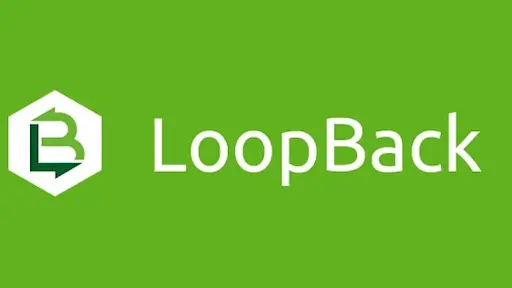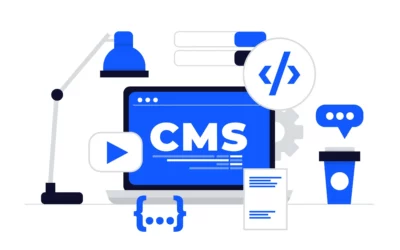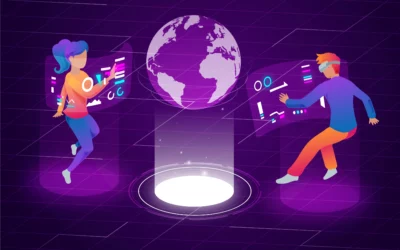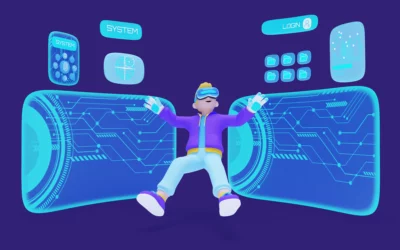Introduction
Welcome to our blog post on LoopBack 3, a robust Node.js framework that simplifies the process of creating powerful APIs and applications. Whether you’re a seasoned developer or just starting your journey, LoopBack 3 has something to offer. In this post, we’ll explore the features and benefits that make LoopBack 3 an excellent choice for API development.
What is LoopBack 3?
LoopBack 3 is an open-source Node.js framework that provides a set of tools and functionalities for building APIs quickly and efficiently. Developed by IBM, LoopBack is designed to streamline the process of creating APIs that can easily connect to various data sources and services.
Key Features
- Strong Data Integration
LoopBack 3 offers robust data integration capabilities, allowing developers to connect to various databases and services effortlessly. Whether you need to integrate with SQL databases, NoSQL databases, or third-party APIs, LoopBack 3 simplifies the process.
- Model-Driven API Creation
The framework utilizes a model-driven approach, enabling developers to define data models using simple JSON or JavaScript objects. This approach allows for rapid API creation based on these models, saving time and effort in the development process.
- Built-in Authentication and Authorization
LoopBack 3 provides out-of-the-box support for authentication and authorization mechanisms, making it easy to secure your APIs. Developers can implement authentication strategies such as OAuth, JWT, and more, ensuring secure access to API endpoints.
- Remote Method Invocation (RMI)
With LoopBack 3, developers can define remote methods that can be invoked over REST, enabling seamless communication between clients and the API. This feature allows for creating custom business logic and actions accessible via API endpoints.
- RESTful API Endpoints
LoopBack 3 follows REST conventions, automatically generating RESTful API endpoints for CRUD operations on data models. This simplifies API consumption and integration with various client applications.
Benefits
- Rapid Development
LoopBack 3’s model-driven approach and built-in functionalities significantly speed up the development process, allowing developers to focus more on business logic and less on boilerplate code.
- Flexibility and Extensibility
The framework offers flexibility in integrating with various data sources and services, making it suitable for a wide range of applications. Additionally, developers can extend LoopBack 3’s capabilities through customizations and extensions.
- Community Support
LoopBack has an active community of developers and contributors, providing a wealth of resources, tutorials, and plugins. This community support enhances the learning experience and helps in troubleshooting and optimizing your API development.
Conclusion
LoopBack 3 is a powerful Node.js framework that empowers developers to build scalable APIs with ease. Its strong data integration, model-driven approach, and robust feature set make it a top choice for API development projects. Explore the possibilities with LoopBack 3 and unlock the potential to create efficient, feature-rich APIs for your applications.





